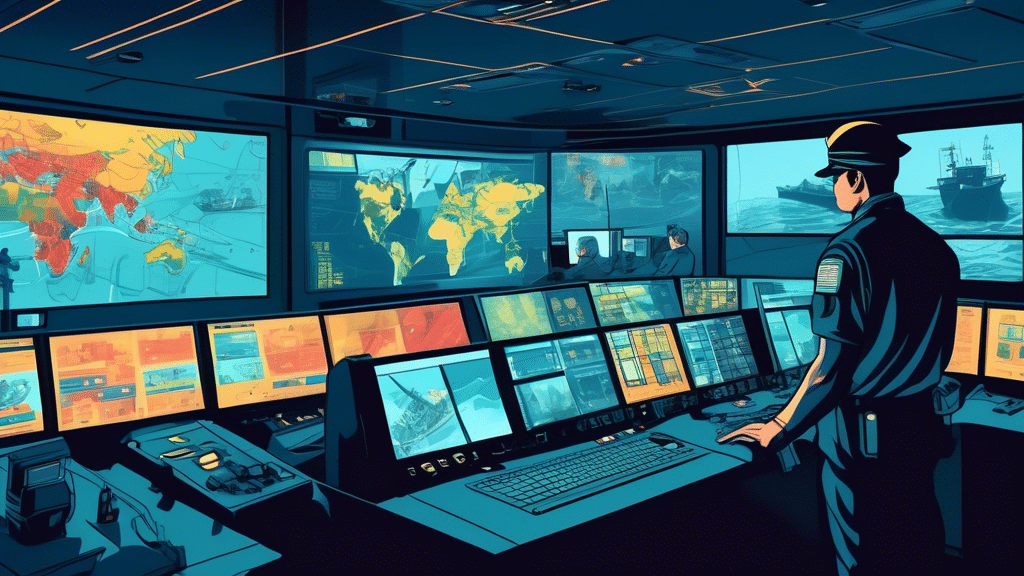Becoming a Vessel/Ship Security Officer
Introduction to the Role
The role of a Vessel/Ship Security Officer (VSO/SSO) is critical in the maritime industry. As global trade continues to expand, the safety and security of ships and their cargo have become paramount. A VSO/SSO is responsible for ensuring that all security measures are in place and properly executed, safeguarding the vessel, its crew, and its cargo from various threats, including piracy, terrorism, and other unlawful acts.
Responsibilities of a Vessel/Ship Security Officer
The responsibilities of a VSO/SSO are diverse and multifaceted:
- Security Assessments: Conducting thorough risk assessments to identify potential threats and vulnerabilities.
- Security Plans: Developing and maintaining the Ship Security Plan (SSP), ensuring it complies with international regulations and is effectively implemented.
- Training: Providing security training to the crew and ensuring they are aware of their roles and responsibilities in maintaining security.
- Monitoring: Overseeing the implementation of security measures, including access control, surveillance, and monitoring of restricted areas.
- Response Coordination: Coordinating responses to security incidents and conducting regular drills to ensure preparedness.
- Compliance: Ensuring compliance with the International Ship and Port Facility Security (ISPS) Code and other relevant regulations.
Educational Requirements and Qualifications
Becoming a VSO/SSO typically requires a combination of education, training, and experience:
- Educational Background: A degree in maritime studies, security management, or a related field can be beneficial. However, it is not always mandatory.
- Professional Training: Specific training courses, such as those offered by maritime institutes and academies, are essential. These courses cover the ISPS Code, security assessments, planning, and emergency response.
- Certification: Obtaining certification is imperative. The International Maritime Organization (IMO) offers the VSO certification course, which is widely recognized in the industry.
- Experience: Practical experience in maritime security or related fields can significantly enhance job prospects. Working as a deck officer or in another security capacity onboard ships is advantageous.
Skills and Attributes
In addition to formal education and training, certain skills and attributes are vital for success as a VSO/SSO:
- Attention to Detail: The ability to notice and address potential security threats promptly.
- Leadership: Leading and motivating the crew to maintain high security standards.
- Communication: Effective communication skills to relay security information clearly and concisely.
- Problem-Solving: The capability to think critically and make quick decisions during security incidents.
- Adaptability: Flexibility to adjust security measures as needed in response to evolving threats.
Career Prospects and Opportunities
The demand for qualified VSOs/SSOs is expected to grow, driven by increasing global trade and heightened security concerns. Potential career paths include:
- Progression within Shipping Companies: Advancing to higher security roles such as Company Security Officer (CSO) or Port Facility Security Officer (PFSO).
- Consultancy: Providing security consultancy services to shipping companies and port authorities.
- Training and Education: Becoming an instructor or lecturer specializing in maritime security.
Embarking on a career as a Vessel/Ship Security Officer offers a dynamic and rewarding path for those passionate about maritime security. With the right education, training, and skill set, individuals can play a crucial role in safeguarding maritime operations and contributing to the overall safety of global trade.













